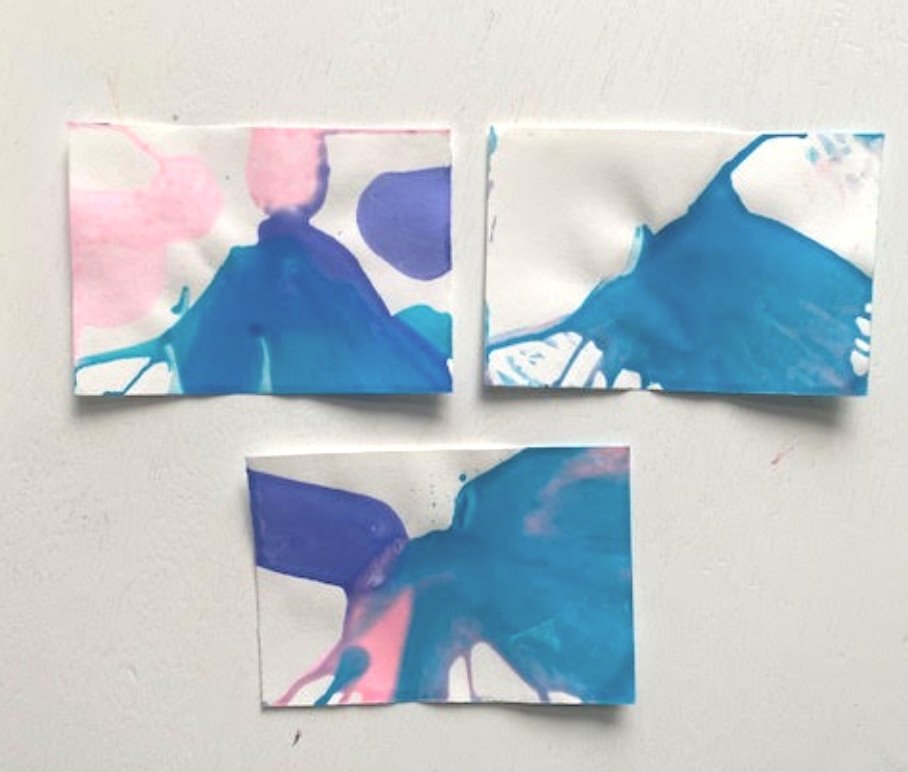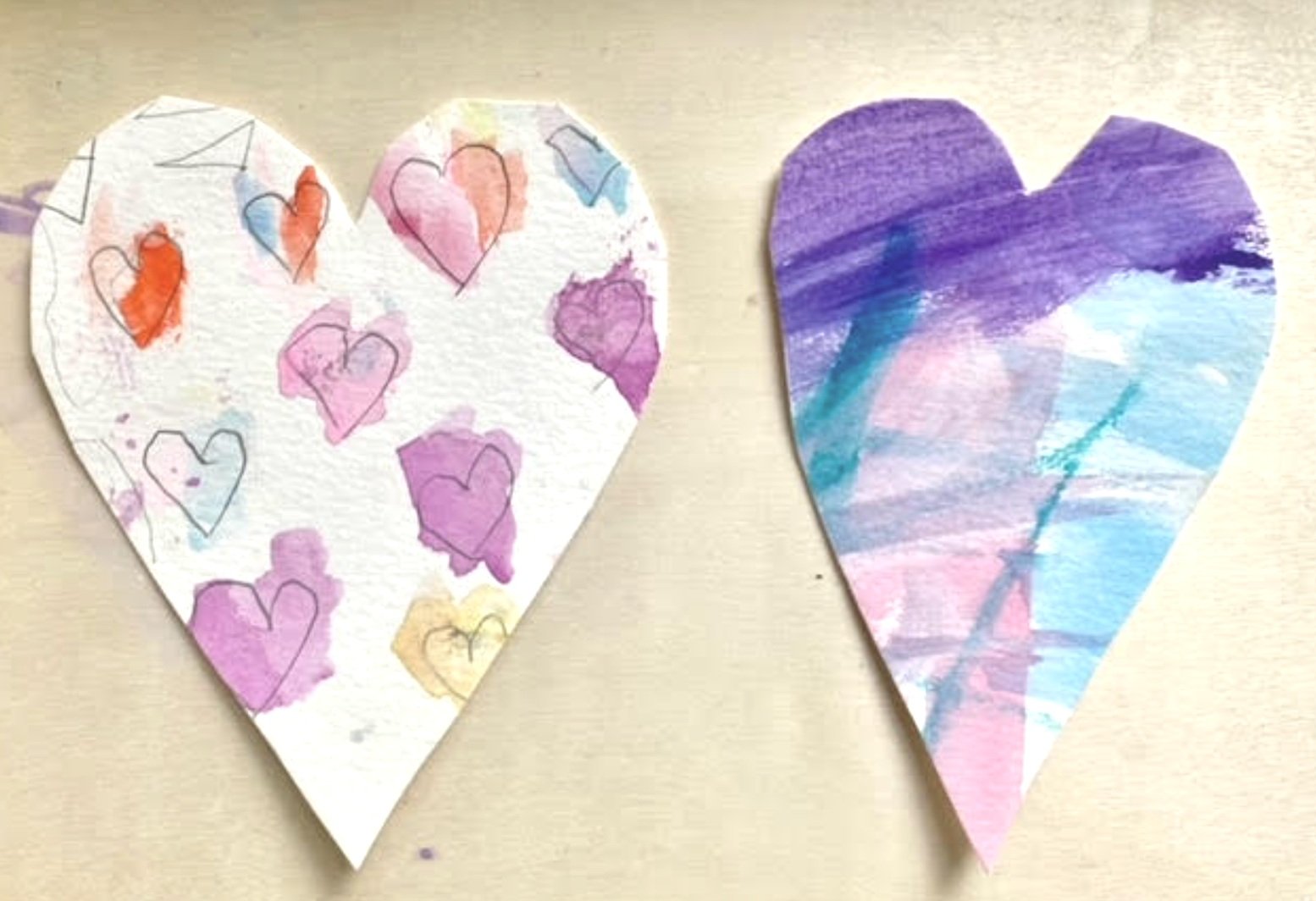Art with Young Children
Art with young children can be many things - Joyful! Creative! Magical!
And also… challenging. If you have dabbled in creative expression with your child, you’ve surely experienced the glitter explosions, brown blobs and children who are inconsolable that their heart looks like a circle. These are the moments when we ask ourselves “isn’t art supposed to be fun?!” The answer remains hopeful, but to ensure that we are helping our kids (and ourselves) get the most out of these art projects, there are a few things we can do first to make the process enjoyable for all.
Prepared Environment
While this is a common Montessori phrase that might ring a bell, it is particularly useful when it comes to creating art with little ones. With art it’s often easy to think that letting them have access to every material, tool and color is the best option. It’s art after all! But when children are young this buffet of choices can be overwhelming. The key to truly helping children when exploring art is to give them a few materials and tools with which they can freely explore and engage with the creative process. By doing so, you are actually creating freedom within limits. Without all the distractions the children are able to focus and enjoy the creation process. In our house, all of our art supplies are put away with the exception of a caddy with some paper, markers and crayons that remain on the art table for spur of the moment drawings. For everything else, we decide on a project together and then bring out the appropriate materials to set up.
For instance, for toddler age children, if you are painting watercolors, you can start with some beautiful watercolor paper (possibly cut into different shapes to add some excitement, 2-3 paint colors and 1 or 2 different tools (paint brush, spray bottle or roller etc…)
For children who are older 4-6, you can add a few more paint colors and tools and let them explore.
Start with Beautiful Materials
Just as with many things Montessori, the beauty of your materials matters. When you walk into a Montessori classroom, one of the first things you may notice is the beauty of the environment and materials. The way things are displayed, the soft color palettes - everything is harmonious. As it should be with the materials we use for art projects - we want art to be beautiful. Use the beautiful watercolor paper, choose a few harmonious and beautiful paints for your child to work with. It doesn’t have to be all popsicles sticks and primary colors. Kids are capable of so much and one of the best parts of using these guidelines is that it will often these result in beautiful frame worthy pieces of art.
Process Based Art vs. Product Based Art
Focusing on Process Based art instead of Product Based art is particularly important for pre-school/primary age children. So what does this mean? Process based art is art where the focus is on the creative process itself rather than the outcome. It is about exploring with the tools and mediums and using ones’ creativity and imagination to create something. Whereas product based art focuses on the outcome of the piece and uses a set of specific instructions to produce that outcome.
For example, painting a picture of a sunflower is something that is outcome based vs an abstract painting is process based.
Of course there is nothing wrong with painting flowers. As children get older they may naturally want to start creating something intentional, and that’s important as well. But for preschool age kids, many are still learning how to hold the tools properly. Focusing on the process is a great way to help them develop not only their motor skills but their creativity. By placing the focus on exploration there is not the pressure of having to get it “right.”
I actually love to show my kids works by abstract artists such as Cy Twombly, Pollock or Basquiat. It’s such a great way to give them examples of beautiful art that doesn’t look “perfect”. This gives them such a sense of freedom, that there’s nothing they can do “wrong” when it comes to art and allows them to really play.
Bring on the fun!
Now for the most important part - the enjoyment.
We want to make sure everyone is engaged during this process and there are so many ways to do this.
Kids love to make funny animals, monsters, crazy drawings and all of this can be process based, with a few beautiful materials and yet still fun.
Make a game of it; Put on some music and paint how the music feels, or dance as you draw.
Collage funny animals or faces using various shapes.
Make tape paintings.
Anything goes - just prepare your environment, focus on the creativity and have fun.
Examples of Art Projects
Make a maze with one line
Pencil rubbings - take objects with raised texture
Masking tape paintings
Overlapping shapes
Tracing objects
Blending with watercolor paint
Blow painting to make strange creatures
Blot paintings - What do you see?
Collage heads or animals
Beeswax Crayons for leaf rubbing or drawing. The irregular shape is a good way for your child to gain fine motor strength and control, and support the correct pincer grip.









